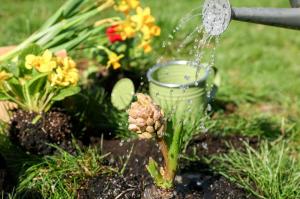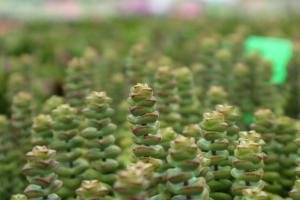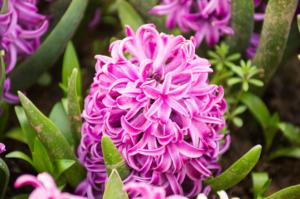How to Care for a Baby Rubber Tree Plant
Are you a proud owner of a baby rubber tree plant? This plant is an excellent choice for any indoor space because of its beautiful and robust appearance that can add a touch of green to any room. However, to help your rubber tree grow and thrive, you need to provide it with the right care. In this article, we will take you through some essential tips on how to care for your baby rubber tree plant.
Lighting
The rubber tree plant loves bright, indirect light. Therefore, it's essential to place it near a window that receives plenty of sunlight. However, avoid direct sunlight as it may cause the leaves to burn. If possible, rotate the plant periodically to ensure all sides receive equal amounts of sunlight. If you're in a low-light area, consider using a grow light to supplement the plant's need for light.
Watering
Proper watering is crucial to keeping your baby rubber tree plant healthy. Overwatering can lead to root rot, while under-watering can cause the leaves to wilt and dry. Ensure that the soil is moist, but not too wet. That means that you need to water deeply when the top two inches of soil become dry to the touch, and then allow the soil to dry out before watering again. Also, avoid using cold water, as it may shock the plant's roots.
Humidity
The rubber tree plant thrives in a humid environment. Therefore, you can improve the humidity levels in the plant's vicinity by using a humidifier near the plant, placing a tray of water near the plant, or misting the leaves regularly. Ensuring that the humidity levels remain consistent will not only help the plant have healthy leaves but also make it more resistant to pests and diseases.
Fertilizing
Regular fertilization is necessary to help your baby rubber tree plant grow faster and produce bigger leaves. During the growing season, which is usually during spring and summer, you can feed it once a month using a balanced liquid fertilizer. However, avoid fertilizing during the dormant season as the plant's growth slows down.
Pruning
To keep your baby rubber tree plant healthy, you will need to prune it occasionally. Trim off any yellow or brown leaves as they indicate that the plant may be experiencing some stress. Moreover, if you want to control the size of the plant, you can cut back some of the branches as a form of pruning.
Final Thoughts
Caring for a baby rubber tree plant can be easy as long as you give it the right attention. By providing it with the proper lighting, watering, humidity, fertilization, and pruning, you can ensure that your plant remains healthy, green, and beautiful for a long time. Remember to monitor your plant's growth and adjust your care practices accordingly to help it thrive.

 how many times do yo...
how many times do yo... how many planted tre...
how many planted tre... how many pine trees ...
how many pine trees ... how many pecan trees...
how many pecan trees... how many plants comp...
how many plants comp... how many plants can ...
how many plants can ... how many plants and ...
how many plants and ... how many pepper plan...
how many pepper plan...































